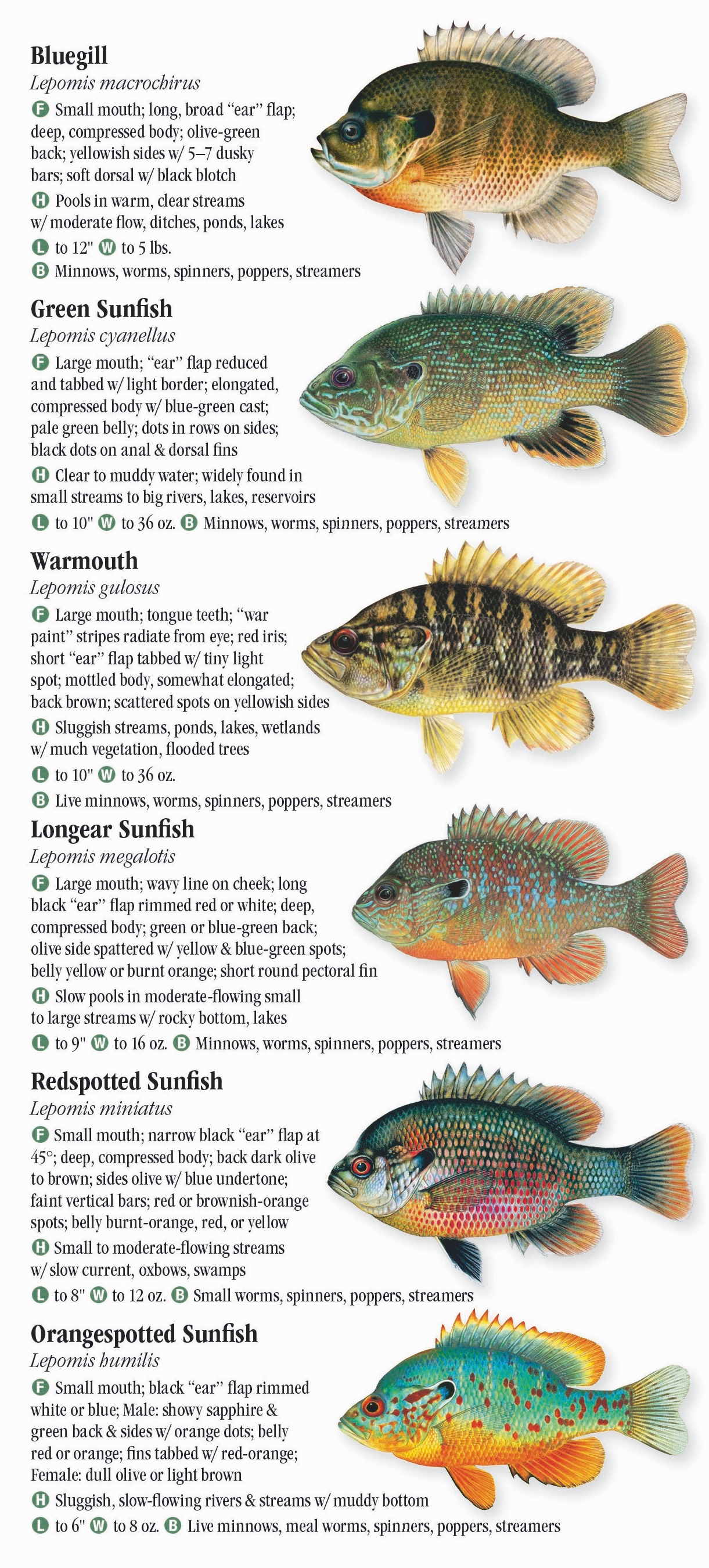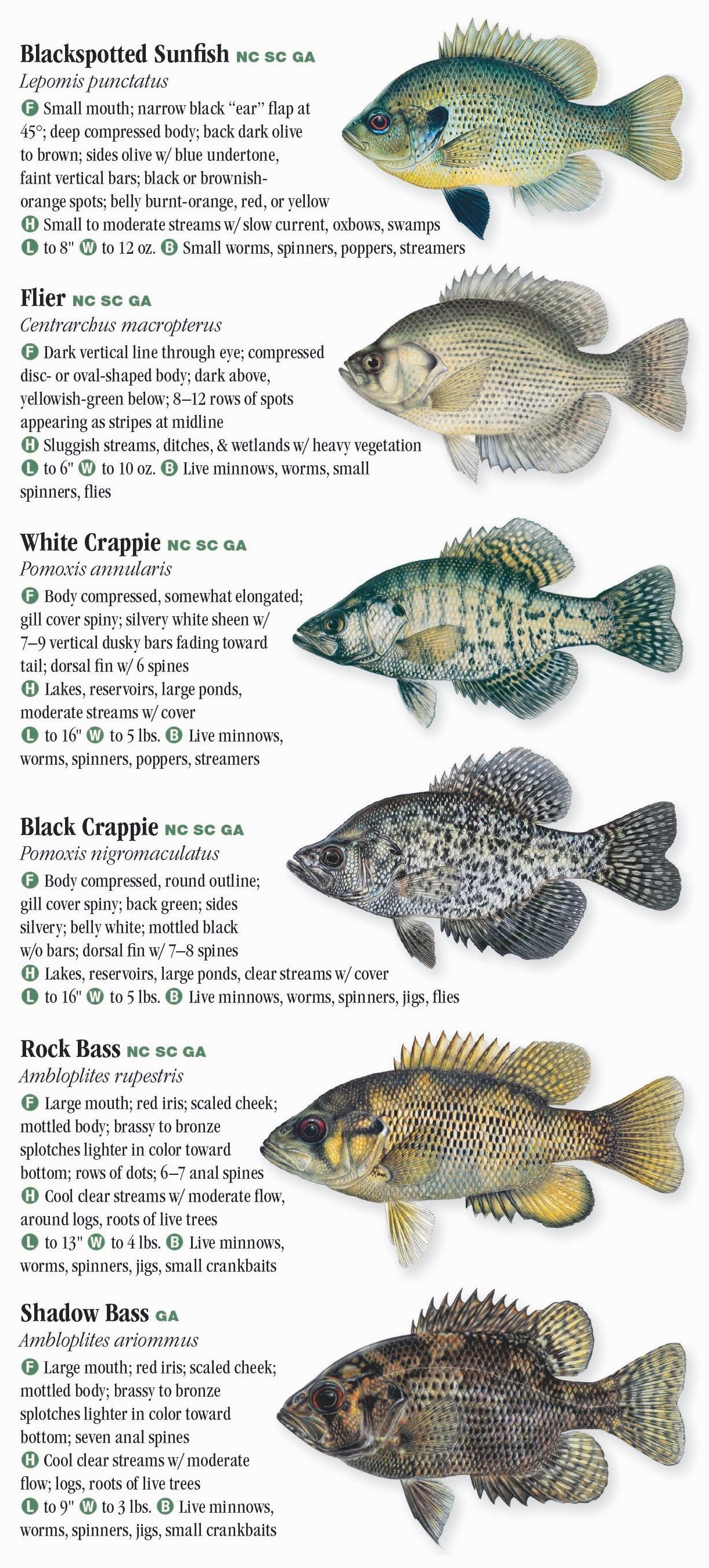

The lower fins are brown with no color on the leading edge. Very large fish tend towards a speckled grey-green colouration. Atlantic salmon have a light body with dark spots. Small to medium sized Murray cod from clear water habitats often have striking and very distinct colouration. Colouration is related to water clarity colouration is intense in fish from clear water habitats. The effect is a marbled appearance sometimes reminiscent of a leopard's markings. Their back and flanks are usually yellowish-green to green, overlain with heavy darker green, but occasionally brown or black, mottling. Good Fishing The ODNR Division of Wildlife manages the fisheries of more than 160,000 acres of inland water, 7,000 miles of streams, and 2.25 million acres. Murray cod are white to cream on their ventral (belly) surface. The leading white-coloured rays on the pelvic fins split into two trailing white filaments, while the pelvic fins themselves are usually a translucent white or cream, tending toward opacity in large fish. The pelvic fins are large and angular and set forward of the pectoral fins. The large, rounded pectoral fins are usually similar in colour to the flanks. Soft dorsal, anal and caudal (tail) fins are all large and rounded, and are dusky grey or black with distinct white edges. Key ID Features: Freshwater drum average 10-14 inches in length. There is some indication that this fish, with its big molar-like crushing teeth, may be learning to eat zebra mussels.

The spiny dorsal fin of Murray cod is moderate to low in height and is partially separated by a notch from the high, rounded soft dorsal fin. Freshwater drum is the only member of its family in North America to occur completely in freshwater habitats. The jaws of the Murray cod are equal, or the lower jaw protrudes slightly. They have a broad, scooped head, and a large mouth lined with pads of very small needle-like teeth. Typically found in Snake River and impoundments from Boise to Lewiston. Head is blunt, snout rounded, lower lip is curved with a hard cartilage that has a straight cutting edge (like a chisel). Ident-I-Cards Pike - Bass - Walleye Freshwater Fish Identification Card.

Ident-I-Cards Common Panfish Freshwater Fish Identification Card. And since 1900, at least 57 species of freshwater fish in North America have gone extinct.Murray cod are a large grouper-like fish with deep, elongated bodies that are round in cross section. Body color is dark grayish brown on back with lighter sides and a grayish white belly. Great Lakes Salmon and Trout Ident-I-Card - Freshwater Fish Identification Card. Around 40 percent of North American freshwater fish species have become imperiled in recent decades. These animals hatch at sea, live most of their lives in fresh water, then return to the ocean to reproduce.įreshwater fish face threats from human activity, such as overfishing, marine pollution, habitat loss, dam building, and the introduction of invasive species. Then there are catadromous species, or those that do it in reverse, such as freshwater eels. They hatch in fresh water, head out to sea, where they live until they return to fresh water to reproduce. Some species of freshwater fish, such as salmon and trout, are called anadromous. Pennsylvania is home to many popular game fish, including trout, bass, musky, walleye, steelhead, panfish and many more Species Feature Pages Index of feature. Worldwide, the number is over 10,000 species. There are more than 800 known freshwater fish species in North America alone. Nearly half of all fish species live in fresh water, which means they swim in the rivers, lakes, and wetlands that make up less than 3 percent of Earth’s water supply.


 0 kommentar(er)
0 kommentar(er)
